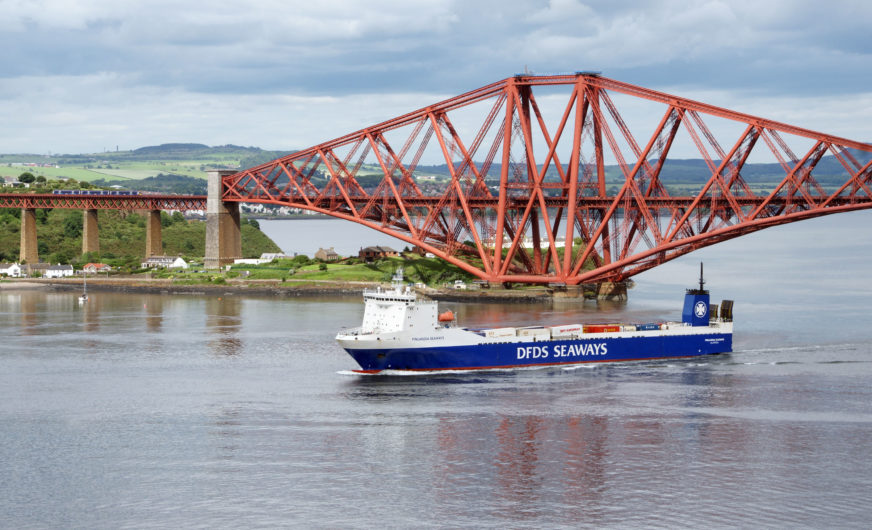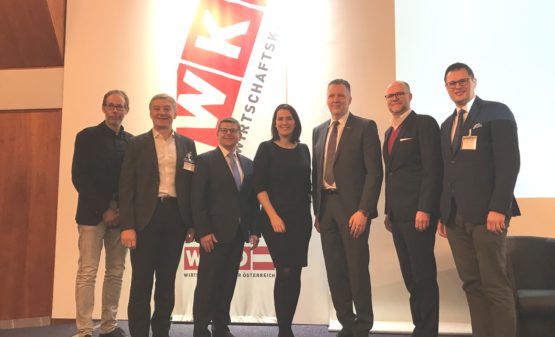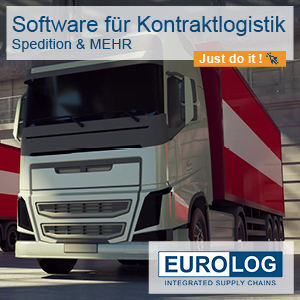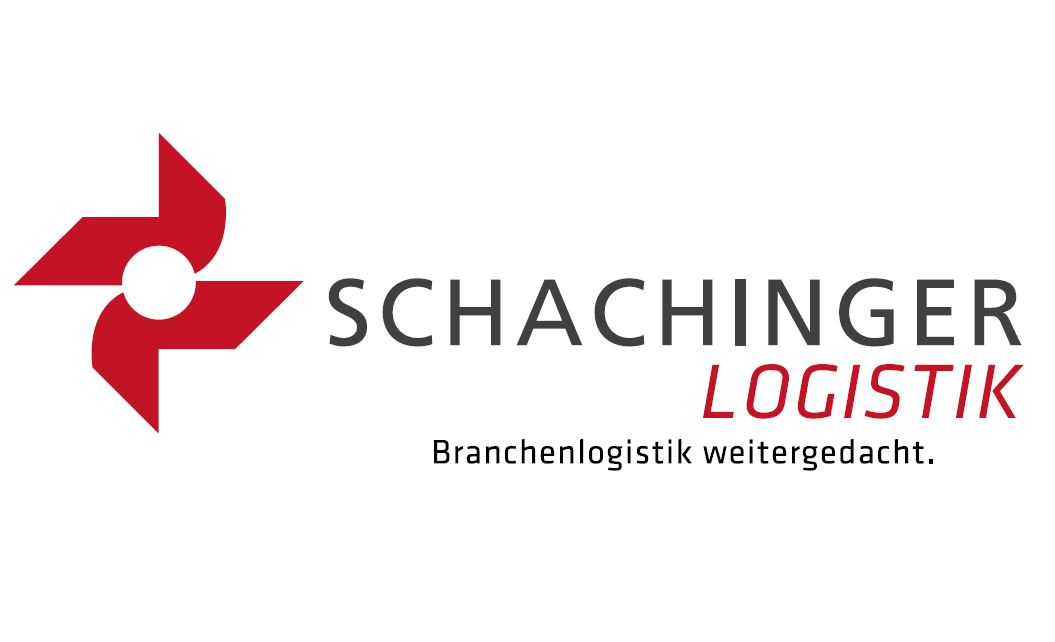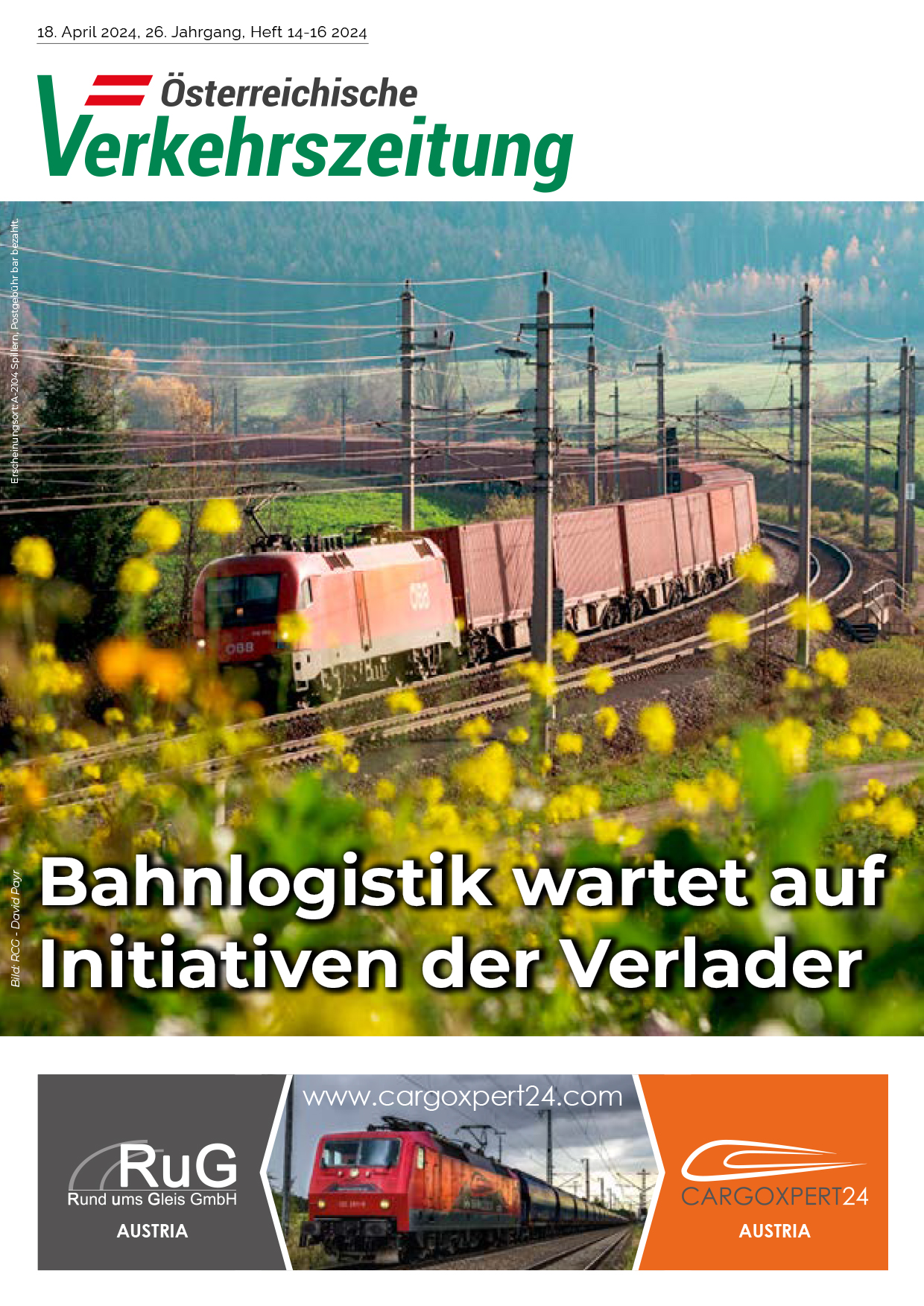DFDS Seaways and Forth Ports will invest over EUR 6 million in the future of the Rosyth-Zeebrugge freight route. This includes new environmental technology, a fuel optimisation programme and infrastructure adjustments at the terminal in Scotland.
The importance of a continuation of the only ro-ro freight route connecting Scotland to the Continent has been highlighted during a meeting between the First Minister of Scotland, Nicola Sturgeon, CEO of Forth Ports Charles Hammond and CEO of DFDS Niels Smedegaard. They discussed route developments and the concrete investment plan for which the basis has been laid in November 2014 when the three parties published a joint statement to secure the route’s future.
“We are very pleased with the investment programme as it will secure a long-term perspective for the Rosyth-Zeebrugge route and enable companies to continue to use a direct, environmentally friendly means of transport between Scotland and the Continent,” says Stein van Est, Route Director DFDS Seaways.
First Minister Nicola Sturgeon comments: “The Rosyth to Zeebrugge freight route is a vital link for Scotland’s economy and hugely important for the large number of customers who use it to get their goods in and out of the country.
The investment plan by DFDS includes the investment in a technology that removes sulphur from the exhaust gases – the so-called scrubber technology – and a fuel optimisation programme on Finlandia Seaways, the DFDS vessel operating on the route. This will help to secure the long-term sustainability of the route and the scrubber will be installed during the vessel’s next dry-dock period by the end of this year.
In addition, Forth Ports will carry out the necessary infrastructure adjustments to the Port of Rosyth to facilitate the double-stacking of containers on board the vessel. This will increase the freight capacity of the vessel by an extra 300 lane metres, as demanded by the Scottish and Continental customers. “The route is an important economic generator for Scotland, servicing the general, chemicals, food & drinks and automotive sectors. The infrastructural adjustments are about EUR 1 million and we expect this work to be completed in autumn this year,” says Charles Hammond, CEO of Forth Ports.
To over 8,000 freight customers in Europe, DFDS provides shipping, port terminal services, transport and logistics solutions. This is supported by a European network of road, rail and container carriers and DFDS’ network of ferry routes that also carries about 6 million passengers per year. DFDS generates annual revenues of EUR 1.7 billion. Its 6,400 employees are spread over 20 countries. In Belgium, DFDS Seaways offers terminal operations and daily freight shipping services to Sweden and three departures per week to Scotland.
www.dfds.com
Investment plan of EUR 6 million for Rosyth-Zeebrugge route
09.07.2015The Rosyth to Zeebrugge freight route is a vital link for Scotland’s economy and hugely important for the large number of customers who use it to get their goods in and out of the country
